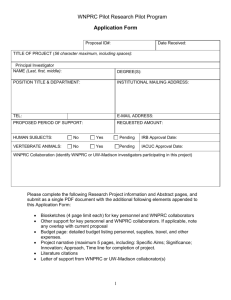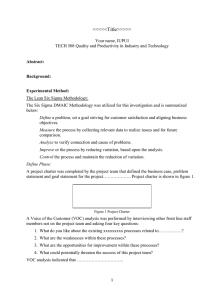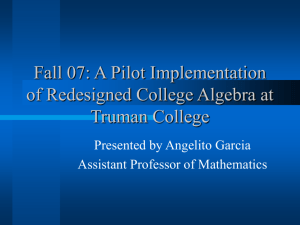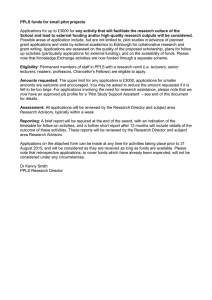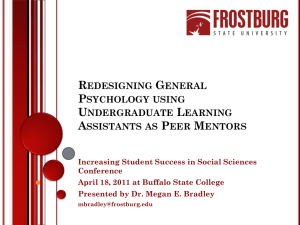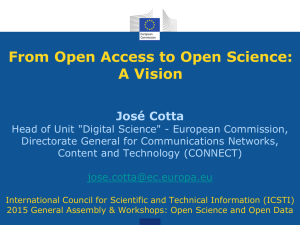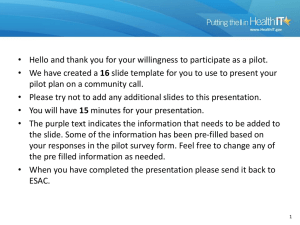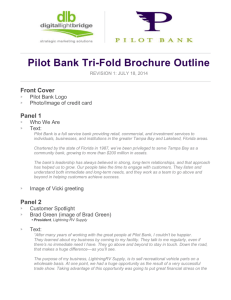Redesigning Introductory College Geology Courses at Arizona State
advertisement
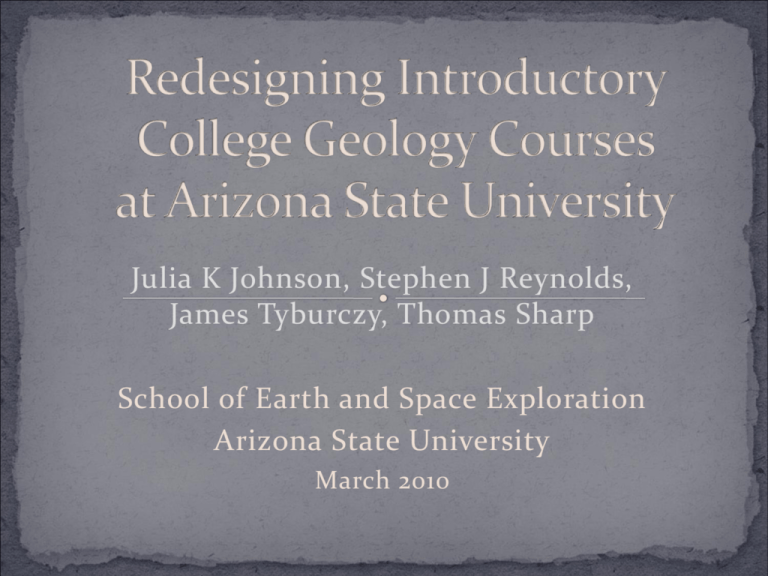
Julia K Johnson, Stephen J Reynolds, James Tyburczy, Thomas Sharp School of Earth and Space Exploration Arizona State University March 2010 GLG101 taken by ~2,500 students per year Five classes per semester, each with 220-230 students Taught by various faculty members Laboratory is separate, but related course and generally follows same sequence of topics Most students are non-science majors (fulfill science requirement), but some majors Teach students about scientific methods Improve their observation and critical thinking skills Learn key geologic concepts and processes Help student understand the relevance of geology to their lives Not hate science more as a result of taking the class Free up class time to engage students in active learning Allow students to learn in different modes, some asynchronous Have students engage in inquiry/problem solving Develop authentic methods of assessment that demonstrate mastery of subject Allow faculty instructor and teaching assistant to be more efficient, saving time and money Master list handed out at start of semester or after each exam and guides all assessment Truly multimedia – images and narration Photos Illustrations Animations Video clips Audio Embedded assessment Graduate-student designed and produced media Formative and final assessment via online surveys and in-person interviews Less covering of content (more time for activities consistent with goals) Time for student observations, interpretations, problem solving (critical thinking) PowerPoint with interactive media Think-Pair-Share, small-group discussions, and whole-class discussions Meaningful demonstrations Clicker questions, including from online quizzes Observe the location of cities with respect to mountains and valleys Caracas 15.00.a Landslide scars Caracas airport Alluvial fan Caribbean Sea Observe the pattern of earthquakes (yellow dots) EQ in belts Mid-ocean ridges Southern Eurasia Trenches Mountain belts Sparse in some regions 03.02.a1 Quasi-experimental (intact sections) Traditional and Pilot taught by same instructor during same semester (Spring 2008) – same exams but Pilot used online materials Compared Pilot versus fully Redesigned, which shared balance of in-class versus online Drastic revision of type of exams in summer 2008 (after Pilot), moving to concept sketches only -- greatly improved class but made comparisons to traditional difficult 80 75 70 65 60 55 50 Traditional Pilot Redesign 35.0 Redesign Pilot Success rate from 78% for Pilot to 86% Redesign 30.0 25.0 20.0 15.0 10.0 5.0 0.0 A B C D F W Estimate 30% savings for instructors and more than 35% for teaching assistant Sources of savings Less meetings per week (50% - 66% of original) Less class preparation, exam preparation, and grading Automation of quizzes and investigations (Blackboard) Shared Resources Photocopying Savings offset by Increase in email traffic and issues with Blackboard Development of online materials Involvement of students in process Refinement of online materials using surveys, interviews, and degree of difficulty Issues translating in-class or paper-based activities to Blackboard Buy-in of faculty members


